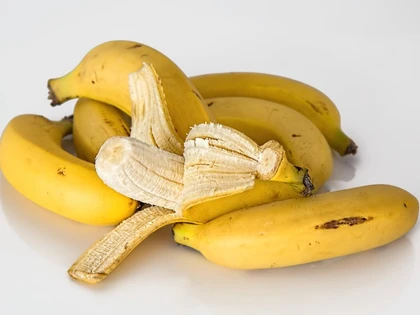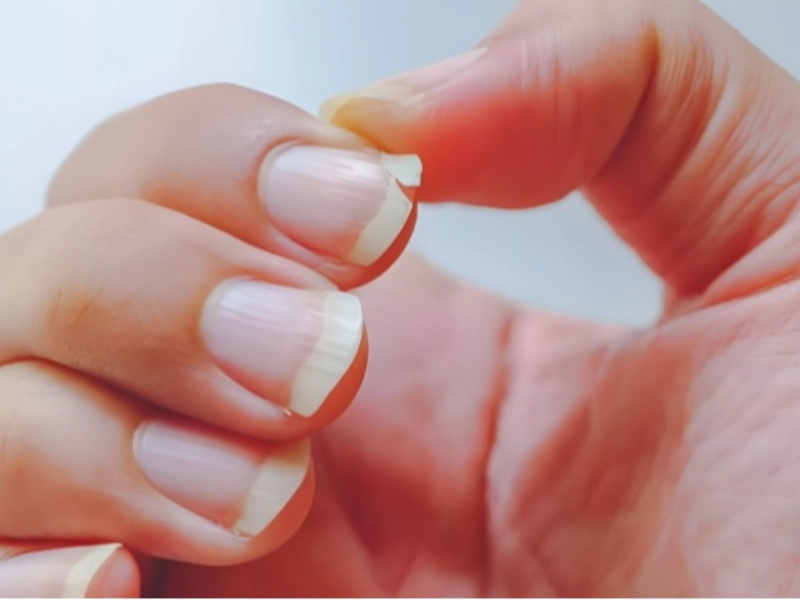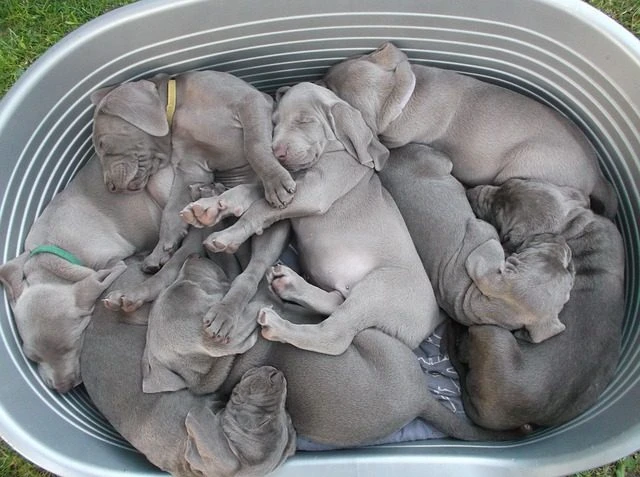9 Things We Overwash—and 9 We Often Forget to Clean
Approximately 90% of the clothes we launder are not truly dirty, leading to a lot of unnecessary washing. Many people clean garments that only have slight odors or are simply wrinkled, wasting water, energy, and detergent. This overuse of resources raises household costs and harms the environment.
Meanwhile, while we focus on certain items, we often ignore others that genuinely need attention. This neglect allows dirt and odors to build up, eventually demanding more intensive cleaning. To make laundry routines more efficient, it is vital to assess what truly needs washing and organize items for optimal results.
To address these issues, we studied how often the washing machine should run. By creating a schedule based on actual clothing needs, we can ensure only necessary loads are done, saving resources and reducing environmental impact.
1. Jeans versus leggings

Washing jeans too often shortens their lifespan and fades their color. Each cycle can make denim lose its shape, and warm washes may cause shrinkage, changing the fit from when they were new.
To keep jeans in good condition, avoid frequent washing. Chip Bergh, CEO of Levi’s, has not machine-washed his jeans for over ten years. He says washing less preserves both color and structure, while saving water and reducing environmental impact. Spot clean when needed, following early denim wearers who valued durability. If machine washing is necessary, turn jeans inside out and use cold water only when truly dirty.
Leggings need a different approach. Designed to absorb moisture, they can develop bacteria and odors. For everyday wear, washing after two or three uses is usually enough. After workouts, wash them each time to maintain freshness and hygiene.













